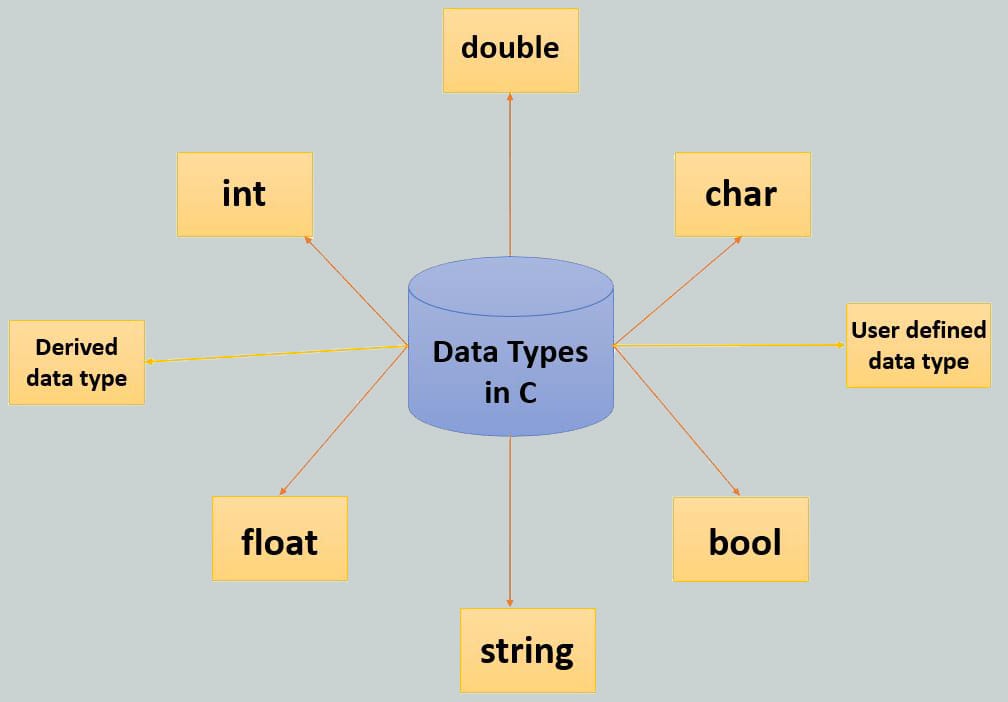
Note that additional formats may be added in the future. # define ft_pixel_mode_pal4 FT_PIXEL_MODE_GRAY4Īn enumeration type used to describe the format of pixels in a given bitmap. # define ft_pixel_mode_pal2 FT_PIXEL_MODE_GRAY2 # define ft_pixel_mode_grays FT_PIXEL_MODE_GRAY # define ft_pixel_mode_mono FT_PIXEL_MODE_MONO # define ft_pixel_mode_none FT_PIXEL_MODE_NONE

* these constants are deprecated use the corresponding ` FT_Pixel_Mode` */ For example, if FT_Pixel_Mode is set to FT_PIXEL_MODE_LCD, the logical width is a just a third of the physical one.ĭefined in FT_IMAGE_H (freetype/ftimage.h).

Width and rows refer to the physical size of the bitmap, not the logical one. Not used currently.Ī typeless pointer to the bitmap palette this field is intended for paletted pixel modes. This field is intended for paletted pixel modes it indicates how the palette is stored. The pixel mode, i.e., how pixel bits are stored. This field is only used with FT_PIXEL_MODE_GRAY it gives the number of gray levels used in the bitmap. This value should be aligned on 32-bit boundaries in most cases. Alternatively, you might use callback functions to directly render to the application's surface see the file example2.cpp in the tutorial for a demonstration.Ī typeless pointer to the bitmap buffer. To change the pitch of a bitmap (say, to make it a multiple of 4), use FT_Bitmap_Convert. Note that ‘padding’ means the alignment of a bitmap to a byte border, and FreeType functions normally align to the smallest possible integer value.įor the B/W rasterizer, pitch is always an even number. In all cases, the pitch is an offset to add to a bitmap pointer in order to go down one row. However, the pitch is positive when the bitmap has a ‘down’ flow, and negative when it has an ‘up’ flow. The pitch's absolute value is the number of bytes taken by one bitmap row, including padding. Note that we now manage pixmaps of various depths through the pixel_mode field.

#FREE BASIC DATA TYPES CODE#
If this field is set to NULL, no code will be called.ĭefined in FT_TYPES_H (freetype/fttypes.h).Ī structure used to describe a bitmap or pixmap to the raster. This field is completely ignored by the FreeType library.Ī pointer to a ‘generic finalizer’ function, which will be called when the object is destroyed. fields dataĪ typeless pointer to any client-specified data. It can be used to store a pointer to client-specific data, as well as the address of a ‘finalizer’ function, which will be called by FreeType when the object is destroyed (for example, the previous client example would put the address of the glyph cache destructor in the finalizer field). Some FreeType object contains a generic field, of type FT_Generic, which usage is left to client applications and font servers. For example, a text layout API might want to associate a glyph cache to a given size object.

floating point A data type representing numbers with fractional parts. data type Defines a set of values and a set of operations that can be applied on those values. Key Terms Boolean A data type representing logical true or false. This program demonstrates variables, literal constants, and data types. Additional complex and/or composite data types may exist and vary from language to language. The common data types usually exist in most programming languages and act or behave similarly from language to language.
#FREE BASIC DATA TYPES HOW TO#
the amount of money in your pocket – usually a value measured in dollars and cents (something with a fractional part)Ī major part of understanding how to design and code programs is centered in understanding the types of data that we want to manipulate and how to manipulate that data.Additionally, within a program, we process this data in various ways such as adding them up or sorting them. These bytes represent data that can be interpreted as representing values that we understand. Our interactions (inputs and outputs) with a program are treated in many languages as a stream of bytes. Most programming languages support various types of data, including integer, real, character or string, and Boolean. Kenneth Leroy Busbee and Dave Braunschweig OverviewĪ data type is a classification of data which tells the compiler or interpreter how the programmer intends to use the data.


 0 kommentar(er)
0 kommentar(er)
